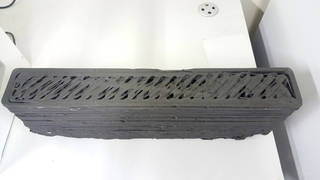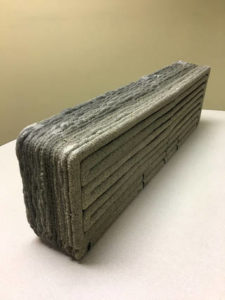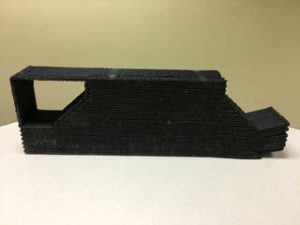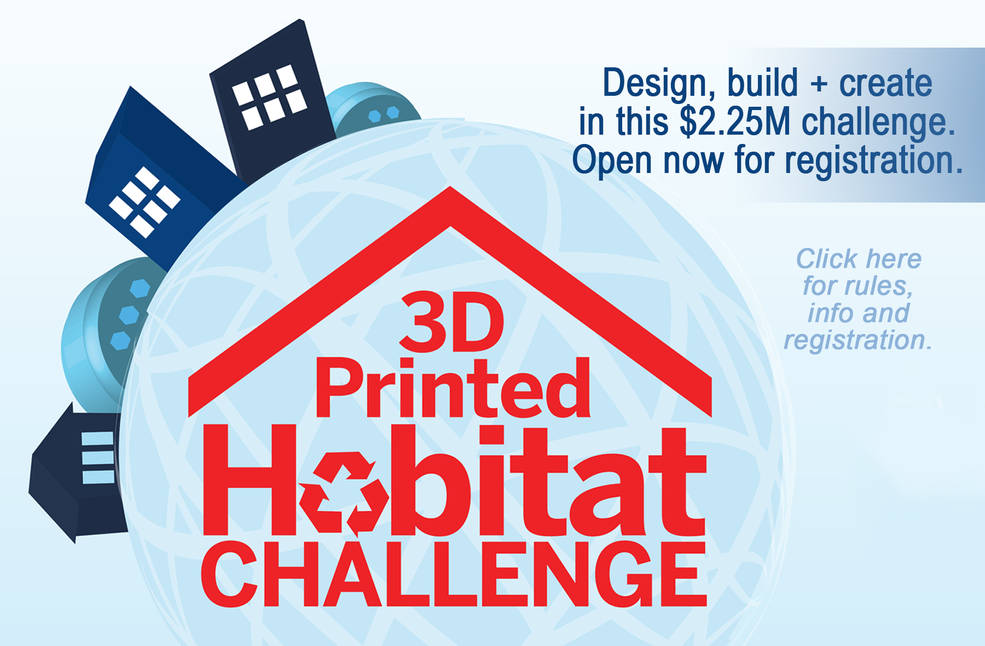In September 2015, NASA launched a 2.5 million multi-phase challenge to build a 3D printed habitat; the purpose being to make the construction technology progress in order to create sustainable housing solutions for Earth and beyond.
Phase 2 is now done. It had to demonstrate that “a recycling system can create structural components using terrestrial and space-based materials and recyclables.” In order to achieve this phase, teams had to 3D print a beam for bend testing.
“Recyclable plastics were used in the top three scoring teams, indicating that a thermoplastic concrete material may be viable for 3-D printing habitats on Mars,” said Rob Meuller, senior technologist for advanced projects development at the Swamp Works laboratory at NASA’s Kennedy Space Center. “Thermoplastics, which are plastic polymers that become moldable when heated, could be obtained from discarded packaging material or even created on Mars using the carbon dioxide atmosphere and hydrogen from water found in the soil. Such concrete materials could also have applications on Earth while using discarded plastic trash.”
Awards were attributed according to the material composition and the maximum load of the beam at failure. A total of $201,023 is awarded to contestants that reached the latest milestone of this competition.
6 teams distinguished themselves:
1- Moon X Construction of Seoul, South Korea (International team, not eligible for prize money)

Credits: Courtesy of team MoonX
2- Form Forge of Oregon State University, Corvallis – $67,465

Credits: Courtesy of team Form Forge

Credits: Courtesy of team Foster + Partners | Branch Technology
3- Foster +Partners | Branch Technology of Chattanooga, Tennessee – $63,783 (earned first place and $85,930 in Phase 2: Level 1)
4- University of Alaska of Fairbanks – $35,573 (earned second place and $14,070 in Phase 2: Level 1)
5- CTL Group Mars of Skokie, Illinois – $34,202
6- ROBOCON of Singapore (International team, not eligible for prize money)
During the third phase, they will realize a 3D printed dome structure and provide samples for crush testing. However, their previous performances will be a determinant factor in their qualification.
//pagead2.googlesyndication.com/pagead/js/adsbygoogle.js
(adsbygoogle = window.adsbygoogle || []).push({});






